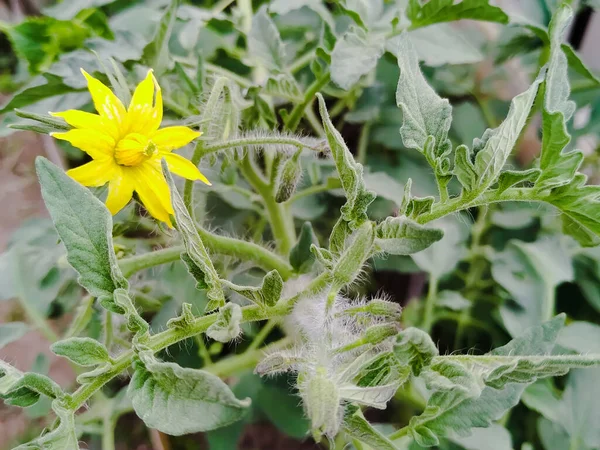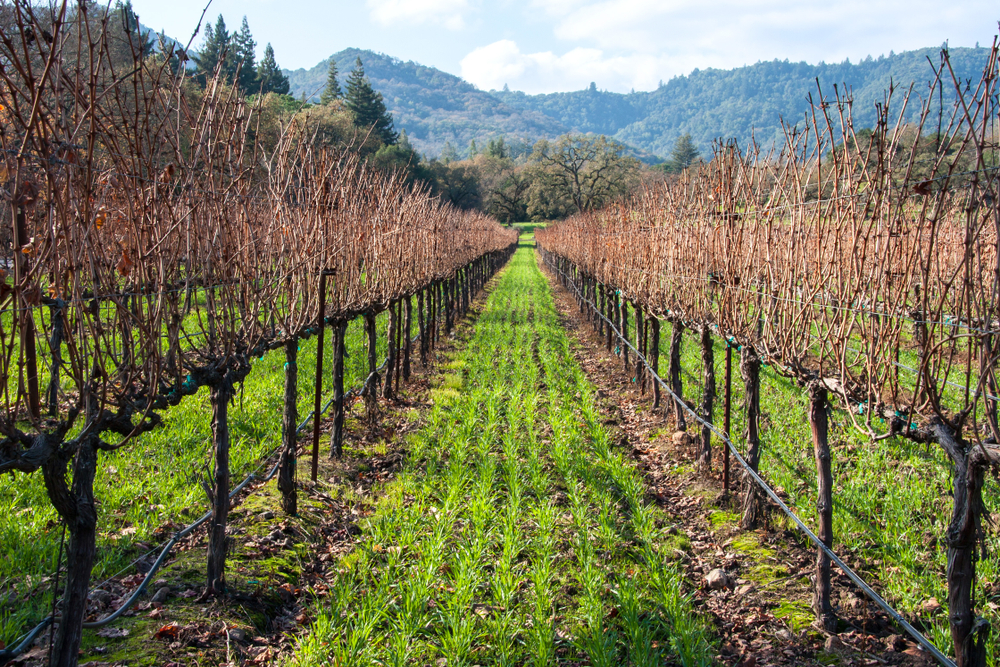
by Deac Jones | May 14, 2024 | News
Land plants first appeared 1.6 billion years ago, when bacteria had already been around for 2 billion years or so. For eternities, plants and pathogens (bacteria, viruses, and fungi) have been doing their ecological dance, with plants evolving to limit diseases and their impact on natural plant communities and bacteria evolving new ways to get around plants’ defenses. A balance typically is reached that maintains itself until novel diseases are introduced from other regions, usually because of human activity. An infamous example of that is chestnut blight, a fungus that decimated American chestnut trees, a keystone species in eastern U.S. forests. The fungus was inadvertently introduced by the importation of Japanese chestnut trees in the early 1900s. Then there is what is currently occurring in southern Italy, where the Xylella fastidiosa bacteria, imported with asymptomatic plants from Costa Rica, has killed millions of olive trees in Puglia.

by Deac Jones | Mar 27, 2024 | News
The agriculture market has always been challenging, and maybe particularly so now, with pressures from declining market prices, the availability and cost of labor, new regulations, water restrictions, etc. Crop input prices are on the rise and regulations are restricting what growers can do going forward. Bottom line: Growers must find new ways to be successful.
Technology in agriculture, like in most parts of our lives, has changed how we do things and, maybe more importantly, enabled us to measure what we had only presumed or speculated about in the past. Back in 2008, Andaman Ag began introducing biological products to the market. It wasn’t the most receptive audience at that time. But while working overseas, I witnessed the benefits of biological products firsthand. One of the key takeaways was their ability to improve growers’ Return on Investment, or ROI, over time.

by Deac Jones | Feb 15, 2024 | News
Plant metabolism basically can be divided into primary metabolism, which encompasses reactions and pathways vital for survival, and secondary metabolism, which fulfills a multitude of important functions for growth and development, including the interaction of the plant with environmental stresses.




